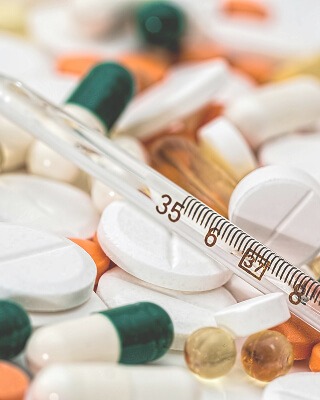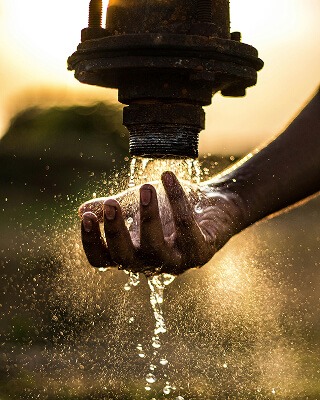Food & Beverage
Introduction to Industry
Food and beverage wastewater is a type of industrial wastewater that is generated by food and beverage processing plants, as well as other related industries such as breweries, dairies, and meat processing plants. This wastewater contains a complex mixture of organic and inorganic substances, including fats, oils, and grease, carbohydrates, proteins, vitamins, minerals, and trace elements. The composition of food and beverage wastewater varies depending on the type of product being processed, the production processes used, and the degree of water reuse within the plant. For example, meat processing plants typically generate wastewater that is high in organic matter, while dairy processing plants generate wastewater that is high in nutrients such as nitrogen and phosphorus. Overall, the discharge of food and beverage wastewater can have a significant impact on the environment and public health. If left untreated, it can cause water pollution, leading to the depletion of dissolved oxygen in receiving water bodies, which can have a detrimental effect on aquatic life. Additionally, the discharge of untreated wastewater can pose a risk to human health through the contamination of drinking water sources and the spread of waterborne diseases.
Current Challenges
The treatment of food and beverage wastewater is faced with several challenges that hinder the achievement of optimal treatment performance. One of the main challenges is the high variability and complexity of the wastewater composition, which requires flexible and adaptable treatment systems. Additionally, the high concentration of organic matter and nutrients in the wastewater can create an environment that promotes the growth of bacteria and other microorganisms, leading to fouling, clogging, and other operational problems. Furthermore, the presence of high levels of COD, BOD, fats, oils, and grease in the wastewater can cause significant problems in the treatment process by clogging pipes and equipment and interfering with the effectiveness of treatment chemicals.
Finally, the cost of implementing and maintaining effective treatment systems can be a significant challenge for smaller food and beverage processing plants, which may lack the financial resources to invest in advanced treatment technologies. To address these challenges, there is a need for continuous research and development of innovative treatment technologies that can handle the complexity and variability of food and beverage wastewater, while also being cost-effective and scalable for different plant sizes and production volumes.
What's Being Done Now?
What Hydroleap Brings to the Sector
Introduction to Industry
Food and beverage wastewater is a type of industrial wastewater that is generated by food and beverage processing plants, as well as other related industries such as breweries, dairies, and meat processing plants. This wastewater contains a complex mixture of organic and inorganic substances, including fats, oils, and grease, carbohydrates, proteins, vitamins, minerals, and trace elements. The composition of food and beverage wastewater varies depending on the type of product being processed, the production processes used, and the degree of water reuse within the plant. For example, meat processing plants typically generate wastewater that is high in organic matter, while dairy processing plants generate wastewater that is high in nutrients such as nitrogen and phosphorus. Overall, the discharge of food and beverage wastewater can have a significant impact on the environment and public health. If left untreated, it can cause water pollution, leading to the depletion of dissolved oxygen in receiving water bodies, which can have a detrimental effect on aquatic life. Additionally, the discharge of untreated wastewater can pose a risk to human health through the contamination of drinking water sources and the spread of waterborne diseases.
Current Challenges
The treatment of food and beverage wastewater is faced with several challenges that hinder the achievement of optimal treatment performance. One of the main challenges is the high variability and complexity of the wastewater composition, which requires flexible and adaptable treatment systems. Additionally, the high concentration of organic matter and nutrients in the wastewater can create an environment that promotes the growth of bacteria and other microorganisms, leading to fouling, clogging, and other operational problems. Furthermore, the presence of high levels of COD, BOD, fats, oils, and grease in the wastewater can cause significant problems in the treatment process by clogging pipes and equipment and interfering with the effectiveness of treatment chemicals.
Finally, the cost of implementing and maintaining effective treatment systems can be a significant challenge for smaller food and beverage processing plants, which may lack the financial resources to invest in advanced treatment technologies. To address these challenges, there is a need for continuous research and development of innovative treatment technologies that can handle the complexity and variability of food and beverage wastewater, while also being cost-effective and scalable for different plant sizes and production volumes.






